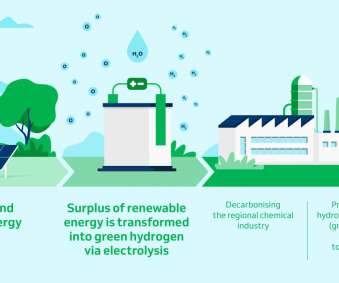bp and Oman form strategic partnership to progress significant renewable energy and hydrogen development
Green Car Congress
JANUARY 17, 2022
bp and the Ministry of Energy and Minerals in Oman signed a Strategic Framework Agreement (SFA) and a Renewables Data Collection Agreement which will support the potential development of a multiple gigawatt, world-class renewable energy and green hydrogen development in Oman by 2030. —Bernard Looney, bp chief executive.












Let's personalize your content